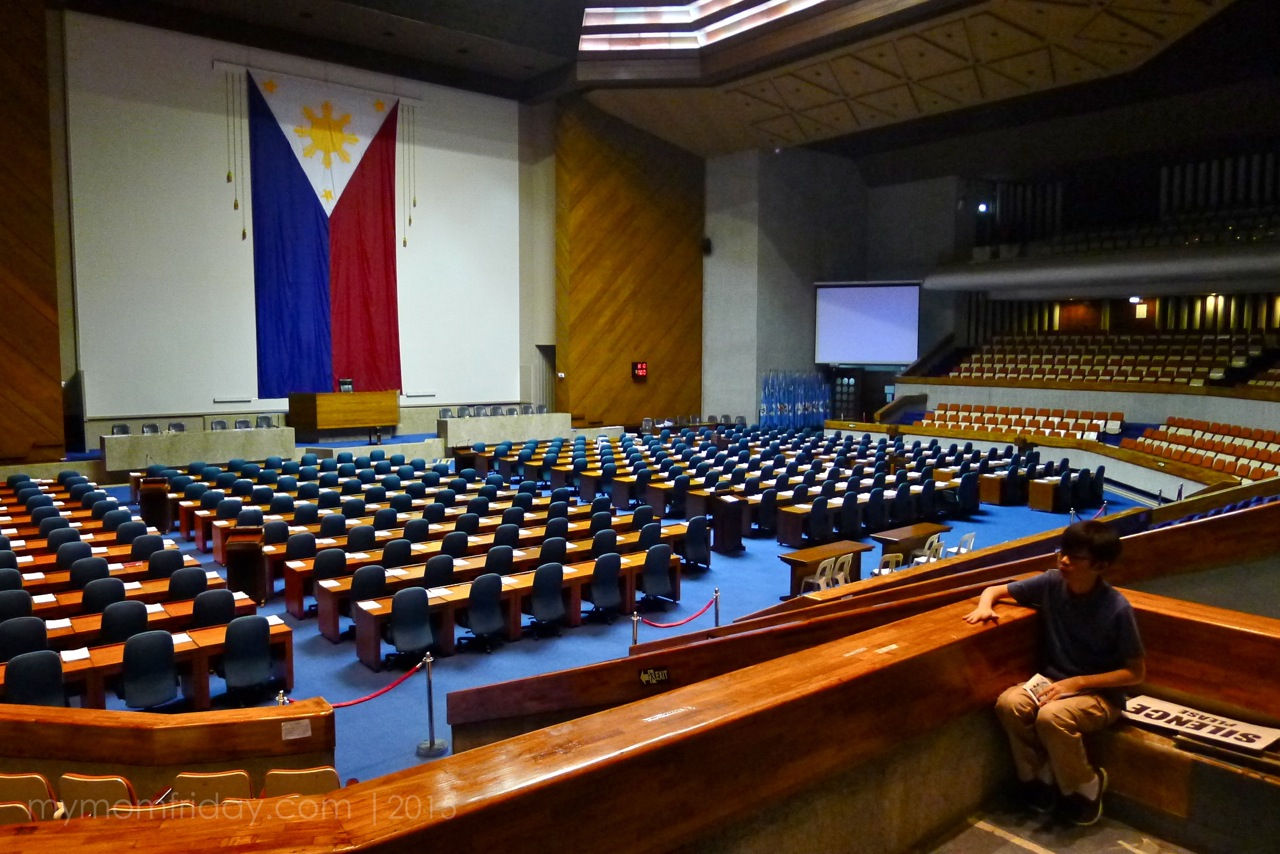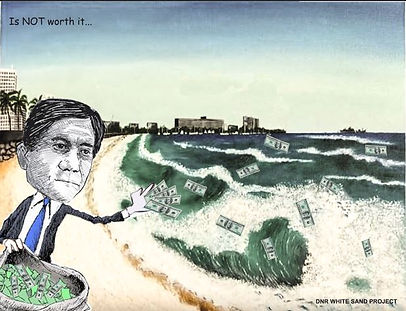
Throwing money in the ocean
May 23, 2021 | 10:05 PM

Can sand help in solving the COVID-19 crisis? Certainly not, but the P389 million spent on that dolomite sure would have helped. Last April 13, 2021, reports surfaced on social media of huge trucks dumping another fresh portion of dolomite to replace the previous dose that was washed away on the shores of Manila Bay. This white sand beach is part of the Department of Environment and Natural Resources’ project to rehabilitate the said bay. With this, new criticisms arose regarding its timing of construction and cost that could have been allotted for other essential matters in the country.
The pandemic has made the venture seem ill-timed, considering the fact that millions of Filipinos are left jobless and in poverty due to the closing of many establishments and businesses. On top of that, the country’s healthcare system is on the brink of collapse as active COVID-19 cases are still rising at a fast rate. Hospitals are going in full capacity, having no room to accommodate the patients continuously coming in. The project was definitely a failed move by the government. Still, despite the backlash, the DENR has defended their actions, stating that the budget for the “dolomite beach” was approved and appropriated in the 2020 budget even before the Coronavirus pandemic hit the country. However, this seemed like a poor excuse; the funds used for the project could have been reallocated and realigned for the pandemic response. This reallocation is unquestionably feasible.
According to the Bayanihan to Heal As One Act, the President has the power to discontinue appropriated projects in 2019 and 2020 to reallocate the budget and support operations and response measures in this COVID-19 emergency; this is as long as the project has not started. The Bayanihan Act was legalized in March 2020, and the dolomite project was only started later that year in September so surely, there was ample time to divert the funds way before the project could even start.
How many people could have been fed, and how many hospital beds could have been bought using that funds? Nothing that some easy math can’t solve. At P4000 pesos each, 97,250 families could have been assisted with this amount of money. According to Philippine Medical Supplies, the average cost of a heavy-duty hospital bed is P17,000. With P389 million, there is enough to buy at least 22,000 hospital beds. It could have made a difference in people’s lives, but instead, the budget was spent on an artificial beach for just a short stretch on the seaside—basically thrown onto the shore for nothing.
Environmental protection cannot be achieved through beautification alone. Sure, the white sand is nice to look at, especially when you’re in the hustle and bustle of city life. However, did it reduce waste and improve the water quality, which are the major environmental problems in Manila Bay? No. There are more important matters to focus on than just pure aesthetics. It’s time that the Philippine government gets its priorities right.


